Clint Eastwood has been a fixture in Hollywood for over six decades, seamlessly transitioning from squinting gunslinger to acclaimed director with a signature stripped-down style. Now in his nineties, the man who once told bad guys to go ahead and make his day continues to create meaningful cinema that speaks to the American experience. His incredible body of work reminds us why we fell in love with movies in the first place—they transport us, challenge us, and sometimes, if we’re lucky, they help us understand ourselves a little better.
1. Unforgiven (1992)
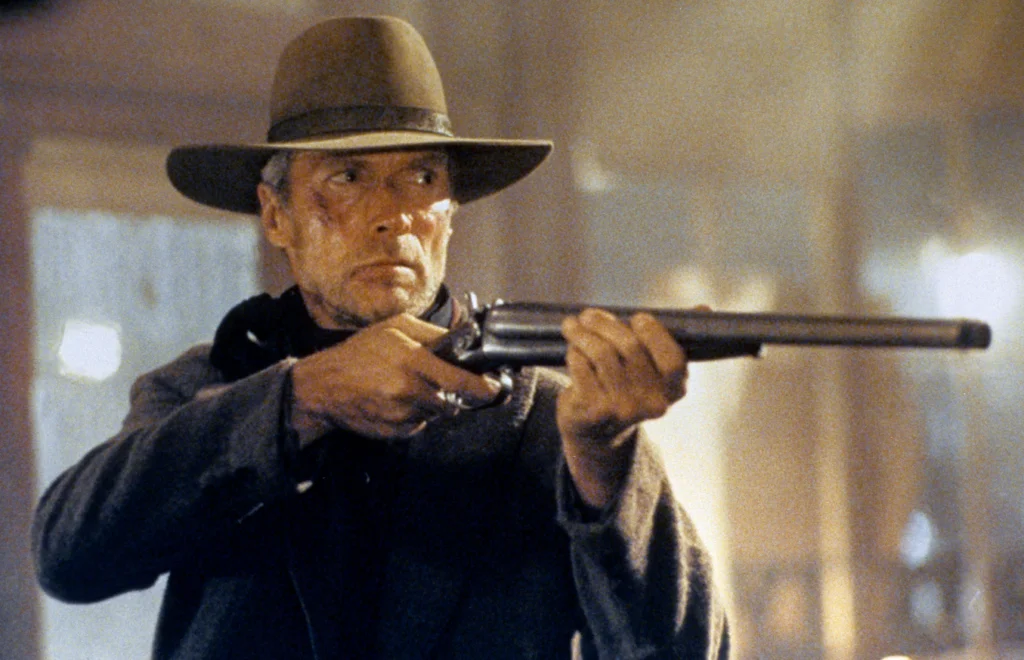
This revisionist Western masterpiece didn’t just win Eastwood his first Best Director Oscar—it permanently altered how we view the genre he helped define. Eastwood’s aging gunfighter William Munny is a man haunted by his violent past, attempting redemption while being pulled back into the life he tried to leave behind. The film’s unflinching look at violence and its consequences feels as fresh today as it did over thirty years ago. Film critic Roger Ebert explores the directorial choices Eastwood had to make, even when it came to cutting content to make the film the strongest it could be.
Gene Hackman’s villainous Little Bill Daggett provides the perfect foil to Eastwood’s world-weary Munny in a story that deconstructs Western mythology without losing its fundamental appeal. The rain-soaked finale remains one of cinema’s most powerful sequences, reminding us that legends often obscure complicated truths. Unforgiven stands as proof that sometimes the most compelling stories are told when an artist examines the very myths that made him famous.
2. Million Dollar Baby (2004)
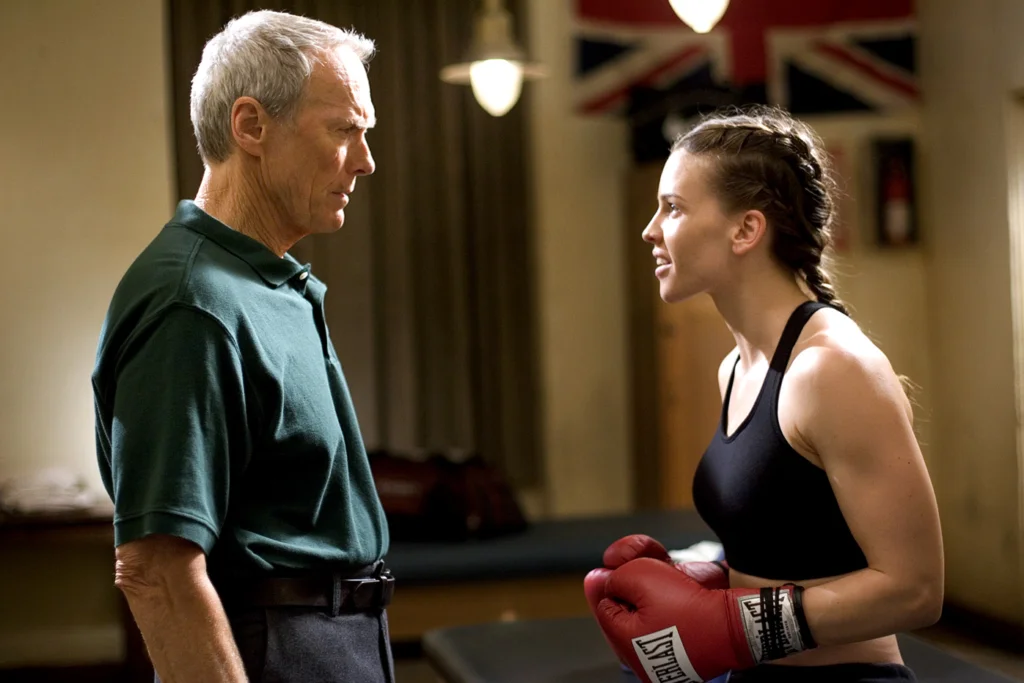
When this film hit theaters, many expected a conventional boxing movie—what we received instead was a devastating meditation on life, death, and the complicated bonds that form between broken people. Eastwood’s Frankie Dunn, a grizzled trainer with a troubled past, finds unexpected purpose when Hillary Swank’s determined Maggie Fitzgerald walks into his gym. The father-daughter relationship that develops between them provides some of the most emotionally authentic moments in Eastwood’s entire filmography. The Hollywood Reporter further praises the unstoppable duo of Eastwood and Swank as the driving force behind taking this film from great to excellent.
The controversial third act shifted the film from sports drama to profound ethical dilemma, demonstrating Eastwood’s willingness to follow difficult stories to their natural conclusions. Eastwood’s restrained direction, paired with his understated performance, creates space for every emotional beat to land with maximum impact. Million Dollar Baby earned Eastwood his second directing Oscar and proved that, even in his seventies, he remained capable of creating profoundly moving cinema.
3. The Outlaw Josey Wales (1976)

This post-Civil War Western arrived at the perfect moment in American history, when the nation was still processing Vietnam and questioning its foundational myths. Eastwood’s Josey Wales begins as a vengeance-driven Confederate soldier but gradually builds a makeshift family from society’s outcasts—including Native Americans portrayed with unusual respect for the era. The film’s journey from revenge to reconciliation resonated deeply with audiences seeking healing after years of national division. ScreenRant dives further into exploring the anti-war message hidden within this already exceptional film, adding to the layers upon layers viewers can expect with every rewatch.
Chief Dan George’s performance as Lone Watie provides both comic relief and cultural commentary, establishing a template for the unlikely partnerships that would become an Eastwood trademark. Wales’ gradual transformation from revenge-seeking outlaw to reluctant community builder offers a more nuanced hero than most Westerns of the period dared to imagine. This film demonstrated that Eastwood the director had ambitions far beyond expanding the persona he had established as an actor.
4. Gran Torino (2008)
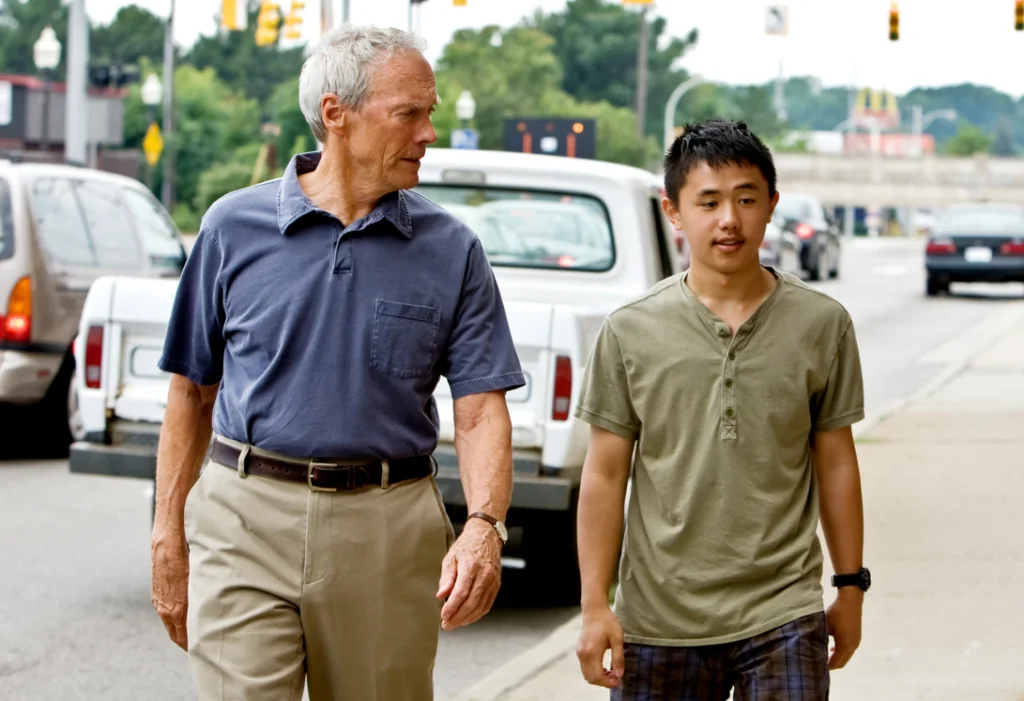
Eastwood’s portrayal of Walt Kowalski, a grumpy Korean War veteran whose neighborhood has changed around him, directly confronts American anxieties about immigration and cultural change. The relationship that develops between Walt and his Hmong neighbor Thao provides a powerful examination of masculinity, mentorship, and redemption that resonates across cultural boundaries. Walt’s growth from bitter racist to protective figure becomes a microcosm for America’s own needed evolution.
The film’s unflinching look at gang violence and racial tension never feels exploitative, instead treating each character with complexity and dimension. Walt’s colorful expressions of displeasure (accompanied by that signature Eastwood growl) provide humor while masking the character’s profound loneliness and regret. Gran Torino became one of Eastwood’s biggest commercial successes, proving that audiences of all ages still connected with his particular brand of flawed heroism.
5. Letters from Iwo Jima (2006)
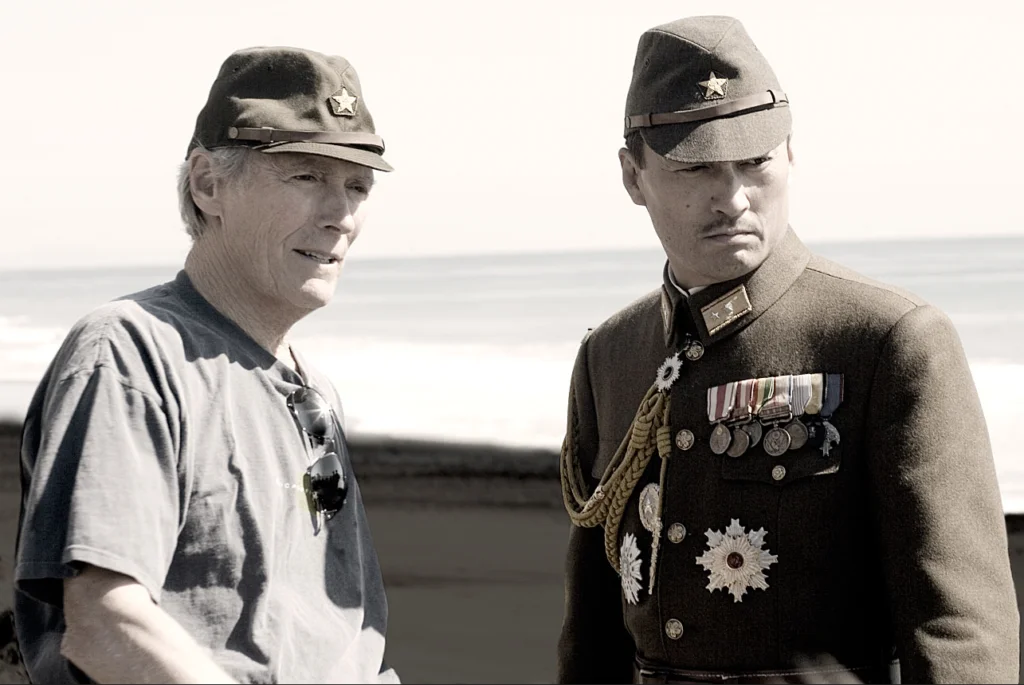
With this companion piece to “Flags of Our Fathers,” Eastwood accomplished something virtually unheard of in American cinema—a deeply empathetic portrayal of World War II from the Japanese perspective. The decision to film almost entirely in Japanese with Japanese actors demonstrated an artistic courage that transcended commercial considerations. The resulting film honors the humanity of soldiers on both sides without diminishing the conflict’s moral complexity.
Ken Watanabe’s General Kuribayashi embodies the same code of honor and duty that has defined many Eastwood protagonists, creating unexpected connections across cultural divides. The film’s desaturated imagery and attention to the grim realities of battle continue Eastwood’s career-long demythologizing of violence. Letters from Iwo Jima stands as one of Hollywood’s most thoughtful examinations of war, proving that Eastwood’s artistic vision extends far beyond American borders.
6. The Bridges of Madison County (1995)
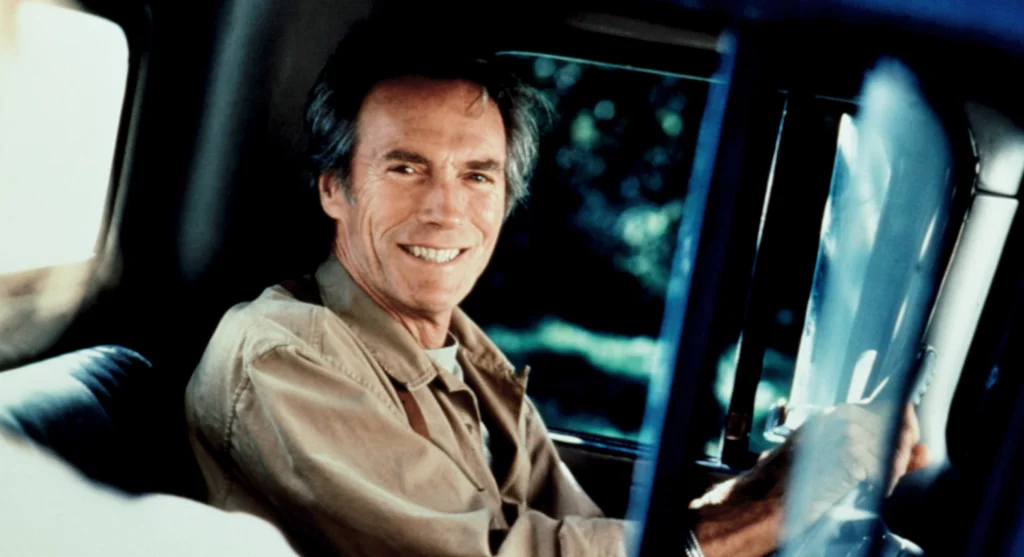
Adapting a sentimental bestseller could have resulted in melodrama, but in Eastwood’s hands, this brief affair between a National Geographic photographer and an Italian war bride becomes a deeply moving exploration of roads not taken. Eastwood’s performance as Robert Kincaid reveals a tender vulnerability rarely seen in his earlier roles, perfectly complementing Meryl Streep’s luminous Francesca. The film’s Midwestern setting becomes a character itself—serene, beautiful, and ultimately confining.
Eastwood’s restrained direction focuses on quiet moments: glances across a kitchen table, the tension of almost touching, the weight of choice and responsibility. The framing story involving Francesca’s adult children discovering their mother’s past adds generational perspective to this meditation on desire and duty. This film demonstrated Eastwood’s range as both actor and director, revealing a romantic sensibility that many critics hadn’t previously recognized in his work.
7. Mystic River (2003)
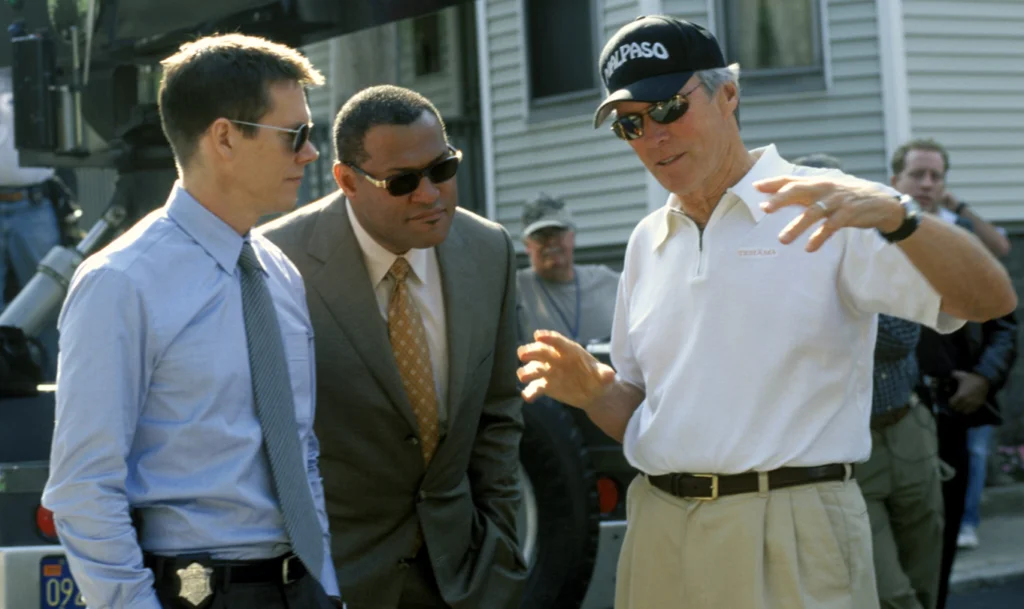
This haunting examination of trauma, suspicion, and misguided vengeance in working-class Boston showcases Eastwood’s ability to elicit career-best performances from his actors. Sean Penn’s grieving father Jimmy Markum and Tim Robbins’ damaged Dave Boyle create a devastating portrait of lives derailed by childhood trauma and adult violence. The film’s exploration of how past abuse ripples through communities feels unfortunately timeless.
Eastwood’s unfussy visual style gives the stellar ensemble room to create fully realized characters whose flaws and virtues feel authentically human. The film’s devastating conclusion offers no easy answers, only the recognition that violence begets violence in an endless cycle. Mystic River demonstrated that Eastwood, now in his seventies, remained vitally engaged with contemporary American life and its most difficult social issues.
8. A Perfect World (1993)
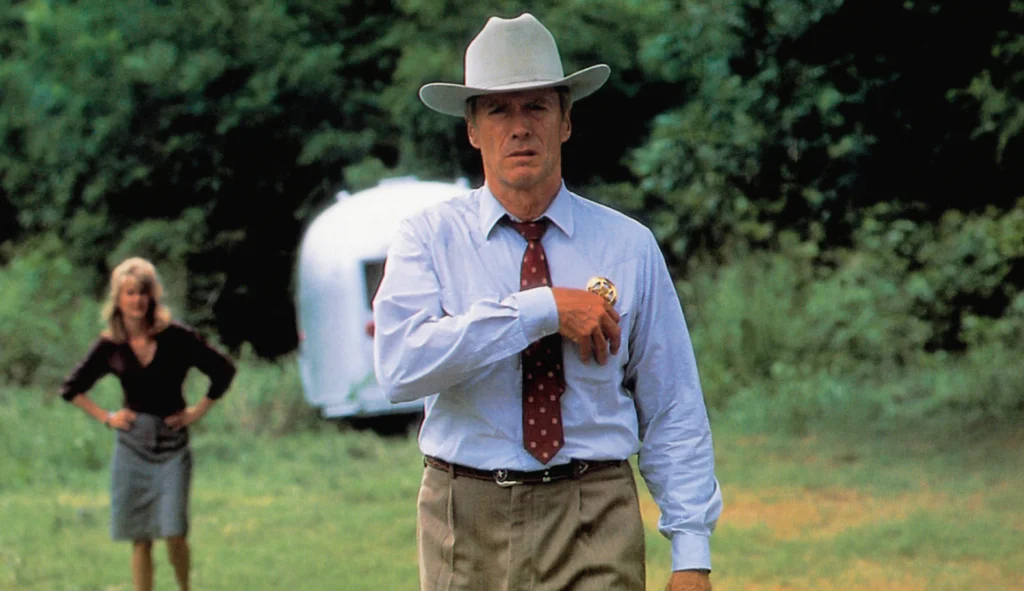
This underappreciated road movie pairs Kevin Costner’s escaped convict Butch Haynes with a young boy from a restrictive Jehovah’s Witness household, creating one of cinema’s most complex explorations of flawed father figures. Eastwood casts himself as the aging Texas Ranger in pursuit, wisely remaining in a supporting role to keep focus on the captivating relationship developing between Butch and his young hostage. The film’s 1960s Texas setting provides both nostalgic backdrop and pointed social commentary.
Costner delivers his career-best performance as a man whose moments of kindness and cruelty stem from his own damaged childhood, creating a character too complex to be simply hero or villain. The film’s heartbreaking conclusion reminds us that sometimes even understanding can’t prevent tragedy—a recurring theme in Eastwood’s most thoughtful work. A Perfect World showcases Eastwood’s willingness to subvert audience expectations while telling emotionally resonant stories about masculine identity and its complications.
9. Pale Rider (1985)
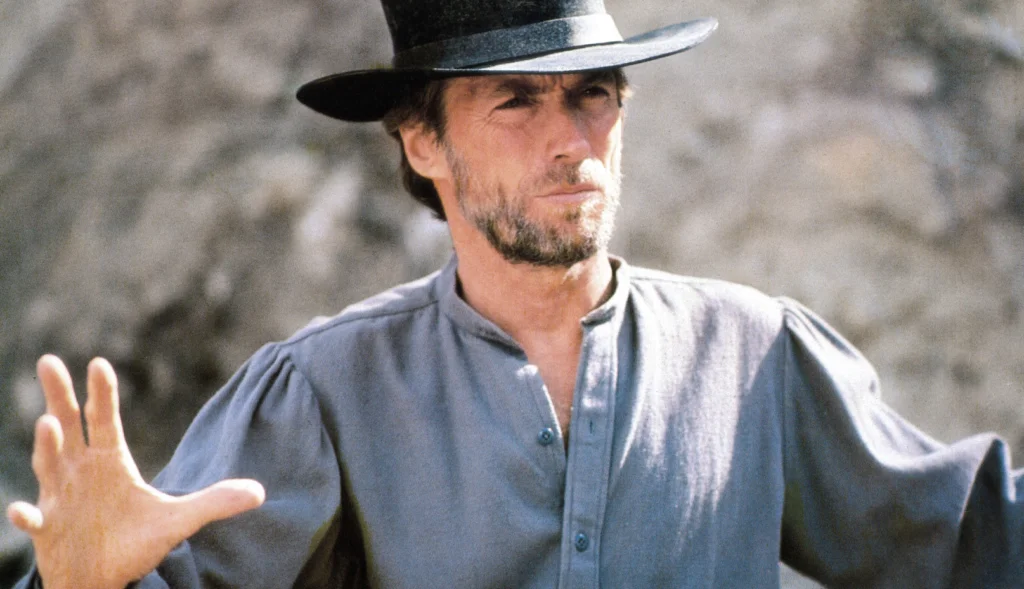
This spiritual successor to “High Plains Drifter” casts Eastwood as a mysterious preacher defending independent miners against a ruthless mining corporation in a story that feels both timeless and urgently relevant. The environmental themes and David-versus-Goliath narrative spoke to contemporary concerns while maintaining the mythic quality of Eastwood’s best Westerns. The Preacher’s ambiguous nature—possibly supernatural, certainly dangerous—recalls the Man With No Name while adding moral complexity.
The film’s gorgeous mountain landscapes stand in stark contrast to the environmental devastation caused by hydraulic mining, creating visual tension that underscores the story’s themes. Young actress Sydney Penny’s performance as Megan Wheeler provides the emotional heart of the film, her faith in the Preacher contrasting with her mother’s more complicated response to his arrival. Pale Rider demonstrated that Eastwood could revisit familiar Western territory while bringing fresh perspectives and contemporary relevance.
10. American Sniper (2014)

This examination of legendary Navy SEAL Chris Kyle became unexpectedly controversial, with some viewing it as pro-war propaganda while others saw a nuanced portrait of war’s psychological toll. The truth lies in Eastwood’s characteristic ambiguity—he respects Kyle’s patriotism and skill while showing how combat experience fundamentally altered his relationship with himself and his family. Bradley Cooper’s transformative performance captures both Kyle’s certainty in his mission and his growing disconnection from civilian life.
The film’s tension-filled combat sequences demonstrate that Eastwood, now in his eighties, had lost none of his technical skill or ability to create visceral cinema. The recurring motif of Kyle’s heartbeat during crucial moments creates an intimate connection with a character whose emotional landscape remains largely internal. American Sniper became Eastwood’s highest-grossing film, proving his continued ability to create work that resonates with mainstream audiences while provoking substantive cultural conversation.
11. Sully (2016)
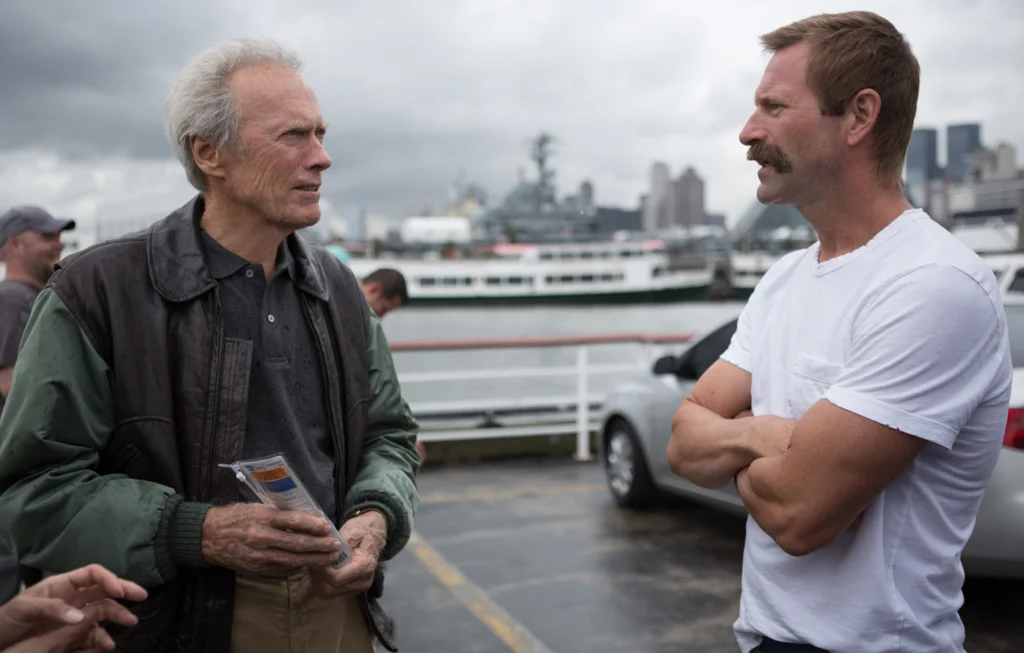
In lesser hands, the story of the “Miracle on the Hudson” might have become merely a disaster movie with a happy ending, but Eastwood focuses instead on the aftermath—the investigation, the media frenzy, and pilot Chesley Sullenberger’s private doubts. Tom Hanks brings his everyman quality to Sully, creating a portrait of professionalism under pressure rather than superheroic exceptionalism. The film’s nonlinear structure builds tension despite the audience’s knowledge of the outcome, a testament to Eastwood’s masterful pacing.
The crash sequence itself, shown from multiple perspectives throughout the film, balances technical precision with human emotion in a way that feels authentic rather than manipulative. The film’s examination of how institutions often seek scapegoats rather than heroes speaks to Eastwood’s career-long skepticism of bureaucratic authority. Sully celebrates quiet competence and years of preparation—values that Eastwood himself embodies as a filmmaker still creating vital work well into his eighties.
12. Richard Jewell (2019)
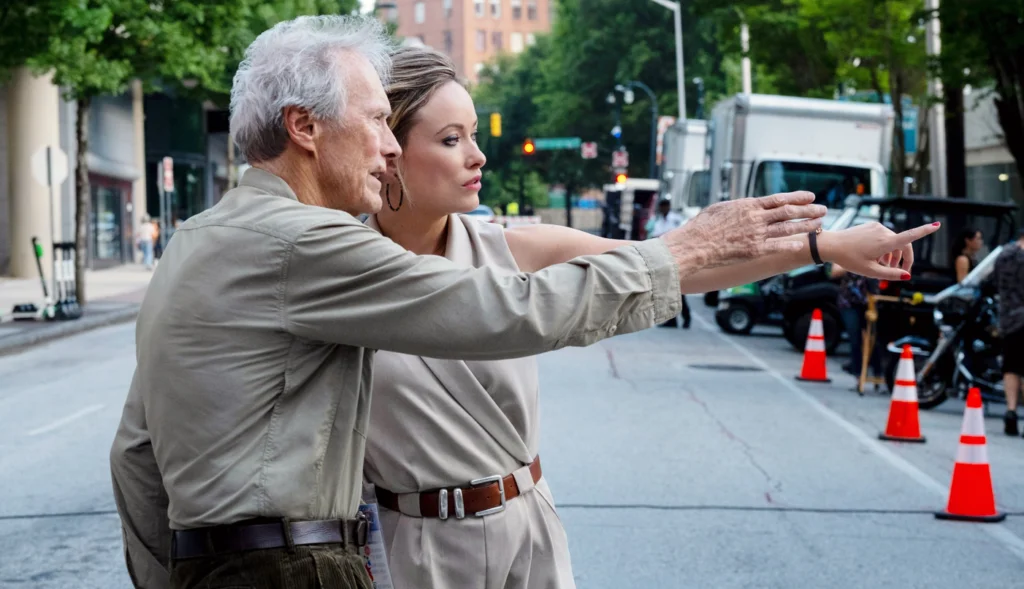
This reclamation of a maligned American hero continues Eastwood’s interest in ordinary people thrust into extraordinary circumstances and the media’s power to destroy lives. Paul Walter Hauser’s nuanced performance as security guard Richard Jewell—eager to please authorities, socially awkward, but ultimately heroic—creates unexpected empathy for a man initially ridiculed by the public. The film’s recreation of the 1996 Atlanta Olympics bombing generates genuine suspense despite historical familiarity.
Kathy Bates’ Oscar-nominated performance as Jewell’s devoted mother grounds the film emotionally, while Sam Rockwell’s lawyer provides both comic relief and moral clarity. The film’s critique of both FBI overreach and irresponsible journalism reflects Eastwood’s libertarian skepticism of institutional power. Richard Jewell demonstrates Eastwood’s continued commitment to excavating overlooked American stories and finding the complex humanity within headline-grabbing events.
13. Cry Macho (2021)
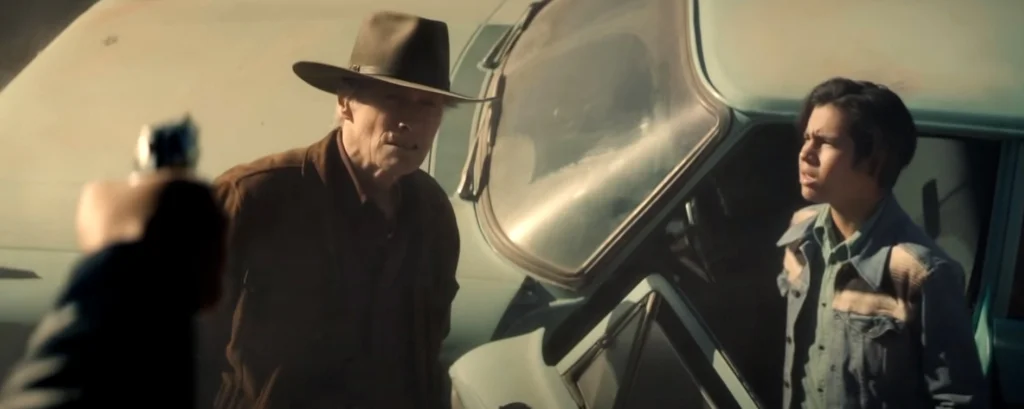
At 91, Eastwood cast himself as an aging rodeo star tasked with retrieving his former boss’s son from Mexico in a gentle road movie that functions as meditation on his own screen persona. The relationship that develops between Mike Milo and the young Rafael serves as vehicle for exploring different models of masculinity—the macho posturing that defined Eastwood’s early roles and the wisdom that comes with age and loss. The film’s unhurried pace reflects the character’s journey toward a more balanced understanding of strength.
The cockfighting rooster named “Macho” provides both comic relief and metaphorical resonance in a story about leaving behind performative toughness. The film’s border setting allows for exploration of cultural differences while emphasizing shared human connections that transcend nationality. Cry Macho feels like a fitting late-career statement from a filmmaker who has spent decades exploring the consequences of violence and the possibility of redemption.
Clint Eastwood’s remarkable career spans from television westerns in the 1950s to directing award-winning films well into his nineties, a testament to his artistic resilience and evolving vision. His best work combines technical precision with emotional restraint, allowing audiences to find their own meaning in stories that often resist easy conclusions. Whether he’s appearing in front of the camera or working exclusively behind it, Eastwood continues to create cinema that matters—proof that some artists don’t fade away, they simply gain deeper perspective with time.


